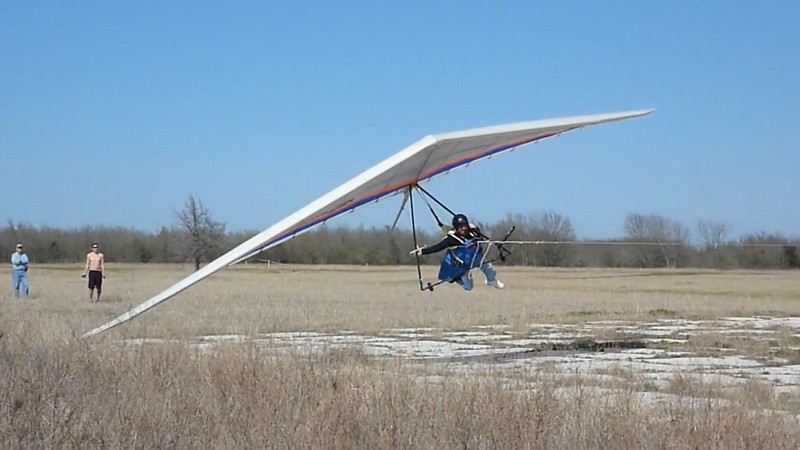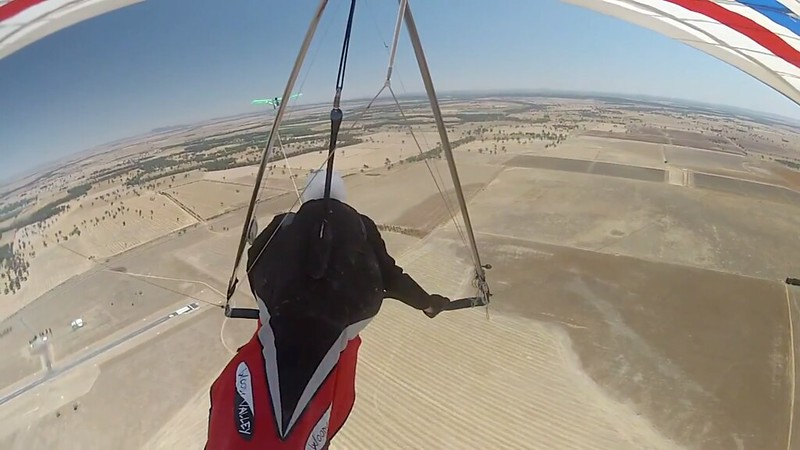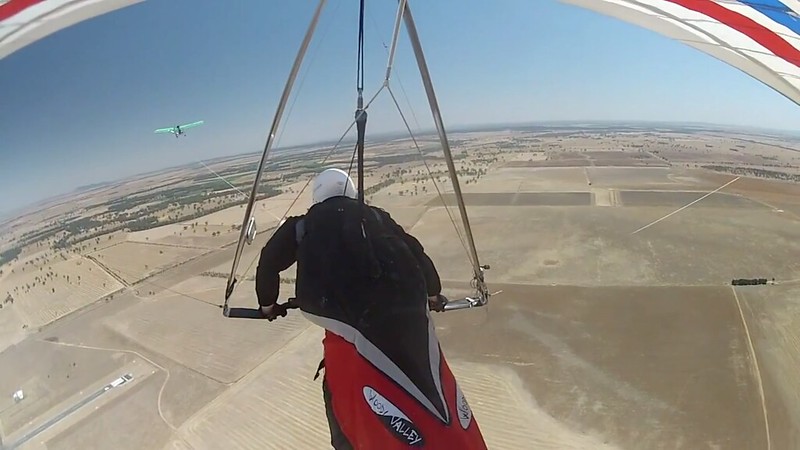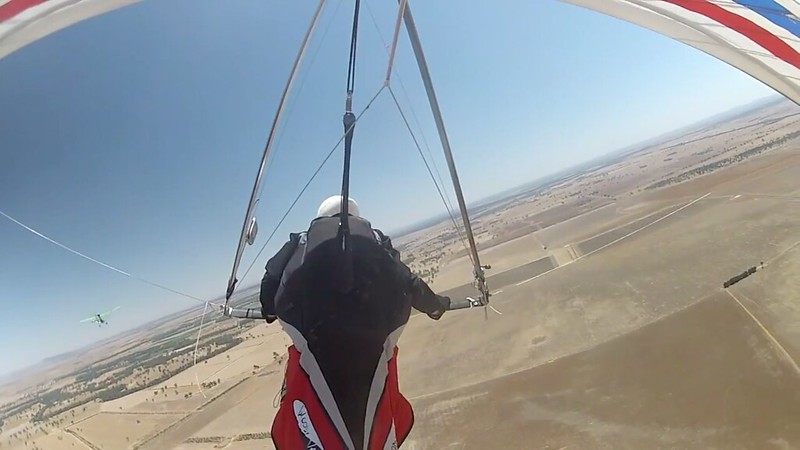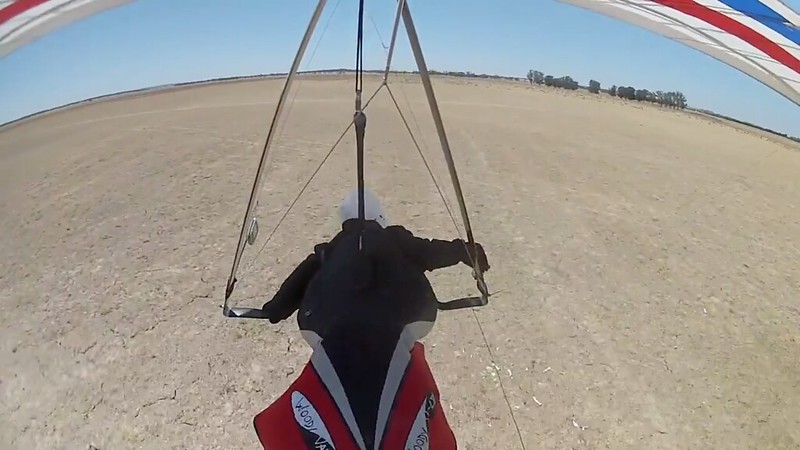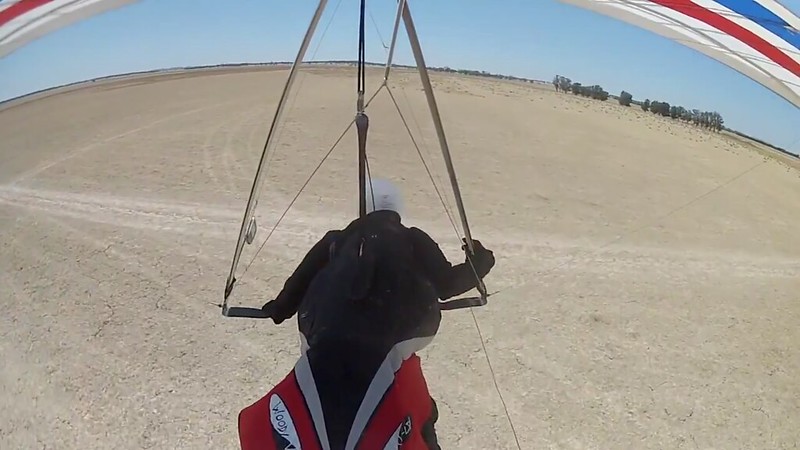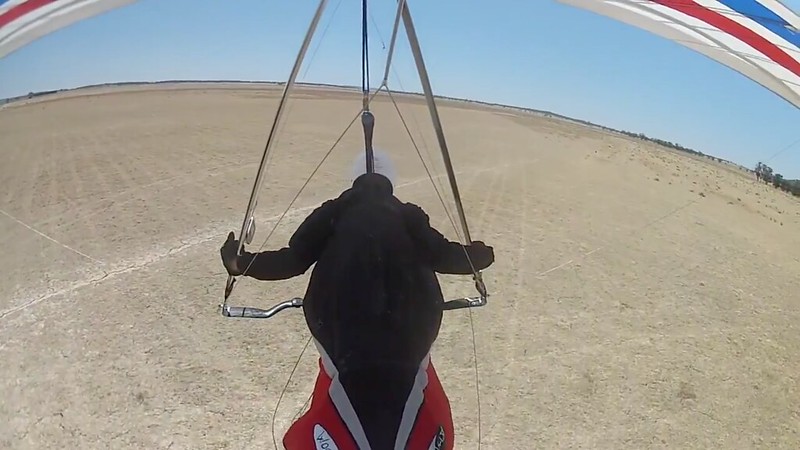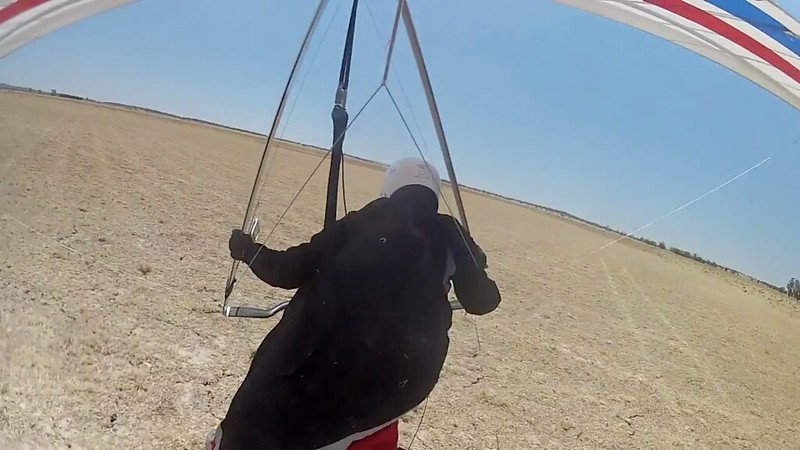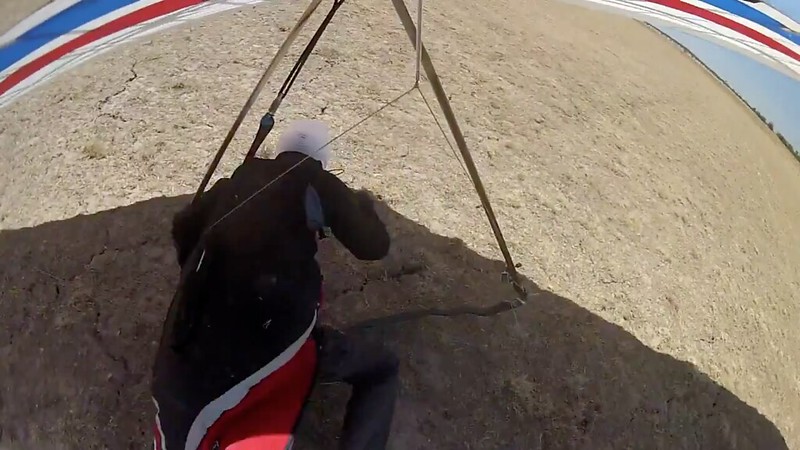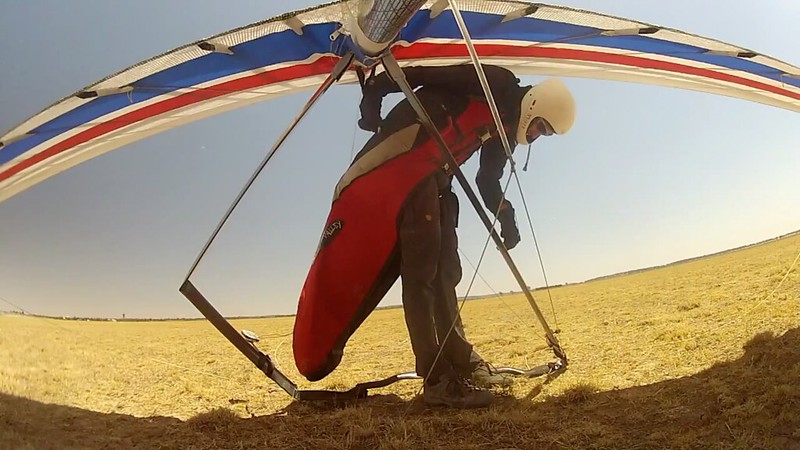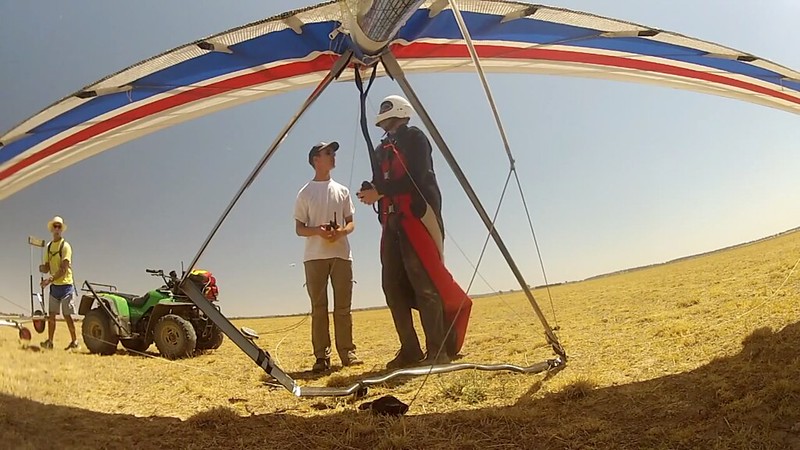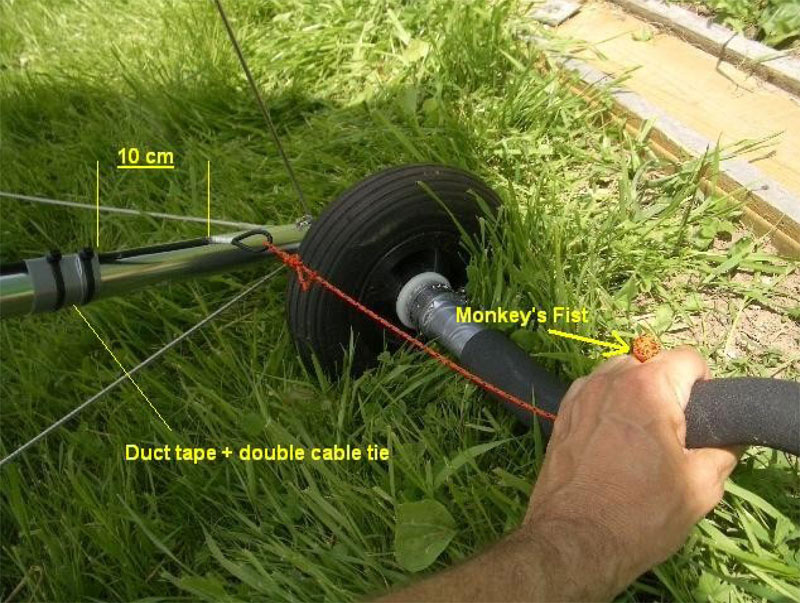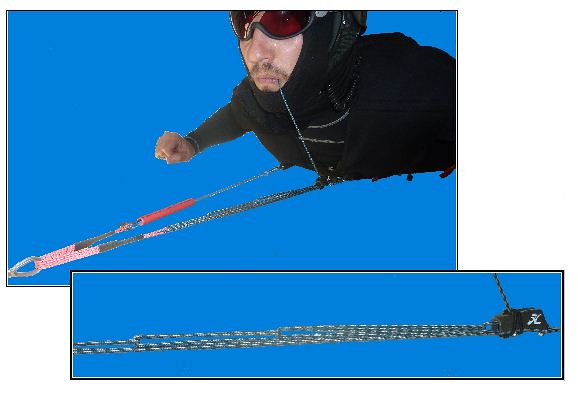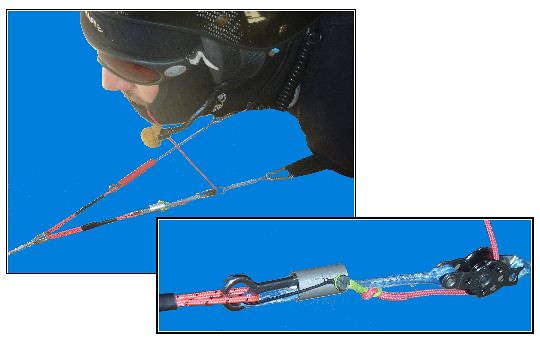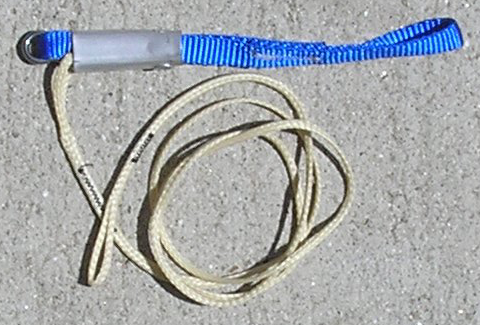http://ozreport.com/forum/viewtopic.php?t=31052
Poll on weaklinks
Deltaman - 2013/03/10 00:03:10 UTC
Bill Cummings - 2013/03/09 22:41:58 UTC
Brad Gryder, Jim Rooney and I too see the weaklink going when it should.
To me the pilots reaction time would come later than the weaklink reaction time on this video.
Weaklinks are good for more than just protecting the glider.
That is not a demonstration but an "inductive reasoning", a kind of reasoning that constructs general propositions that are derived from specific examples.. Bias.
Yes. Those assholes saw that weak link "going when it should" to defuse a nonexistent situation and discarded the facts that:
- at that altitude a two G weak link would've gone when it should within the next second with similar inconsequential results
- if it had gone when it should just off the dolly the glider would've cartwheeled
- when a Rooney Link ACTUALLY *SHOULD* go is when the bridle tension hits 130 pounds and if you're a pro toad getting blasted up by a monster thermal 150 feet off the runway that tension WILL BE reached when you're standing on your tail and you WILL whipstall
Being always confident in the weaklink to break at the right moment and the right configuration as should be the purpose of a release would cause catastrophic issue NEAR THE GROUND.
Bring 'em on. Plenty more life left in this keyboard.
About the vid:
the pilot don't work well. He should have corrected more and more with the hips rather than the shoulder like that :

(Better when tension is not applyed at the inner corner.)
Don't know what happen in his mind: don't care about the lockout as he is at a safety altitude ?.. can't recognize it (bad instruction) ?.. not confortable to actuate a release that requires to let a hand go and loose control in an incipient lockout (bad equipment) ?..
Personally if I weren't able to correct the incipient lockout I would have release 1sec before the weaklink blow on the vid.
Jim Rooney - 2013/03/10 05:35:17 UTC
Freedomspyder - 2013/03/09 20:48:43 UTC
How close to a lockout do you think this is? Or is it one?
A "lockout"... when you have full control input but are still moving away from being in position.
Bullshit.
A lockout is when you've reached the point at which misaligned tow tension overwhelms the pilot's control authority and the glider ain't coming back.
An incipient lockout would be having full control input but you're not moving towards being back in position but also not moving further out of position.
An incipient lockout is when the pilot still has the control authority to bring the glider back if he does something about it NOW.
So, yes, he locked out.
No he didn't. He never exercised full control authority. He allowed the glider to turn away from the tug until his Rooney Link popped.
Deltaman... ah, a strawman argument at it's finest... who's "relying" on the weaklink?
You are - motherfucker.
You're towing muppets on Industry Standard equipment with long track records - the vast majority of which totally suck - and forcing everybody up on Rooney Links because they increase the safety of the towing operation - PERIOD. You're rolling dice with peoples lives and counting on them coming up boxcars WHEN the shit hits the fan - and ignoring the crashes which result in routine operations when the come up just about anything else and the deaths which result when other shit hits the fan and they come up snake eyes.
And I notice you're not contradicting...
Bill Cummings - 2013/03/09 22:41:58 UTC
Brad Gryder, Jim Rooney and I too see the weaklink going when it should.
...Bill Idiot Cummings.
I'm always baffled by the tunnel vision of that argument...
Hell, you're totally baffled by shit as fucking obvious as Zack Marzec's Rooney Link induced whipstall. So why don't you save us all a lot of time and just list the two three things that you aren't baffled by?
...sure, don't rely on it... BUT... It can still help you even if you're not relying on it.
And there are ABSOLUTELY NO significant downsides to Rooney Links.
Try googling:
"everything in aviation is a tradeoff"
See anything in there about 130 pound Greenspot? OF COURSE NOT!!! Good fer whatever ails ya. And if you get smeared all over the runway as a result of it increasing the safety of the towing operation it's only because you were a crappy pilot.
Please dispense with this nonsensical argument.
Go fuck yourself.
Before you can put forth your inevitable BS other argument... a weaklink that allows you to get to a critical position close to the ground hasn't broken SOON ENOUGH.
Still waiting for that recommendation of some fishing line some of us muppets can use to compensate for our crappy pilot skills.
It's breaking didn't cause the problem.. you did... by hanging on till things got really bad.
http://4.bp.blogspot.com/-bRrpHNa68iY/UQ6Pv9gRZyI/AAAAAAAAjTg/Hc22bx5122Q/s2048/20943781_BG1.jpg

















































Cardinal rule for AT students... "Expect the weaklink to break at any moment what so ever.
- "Whatsoever" is one word - douchebag.
- Hey, maybe we should have a cardinal rule for foot launching along the lines of "Expect the carabiner to be dangling behind your knees at every moment right up to the last two seconds before your foot moves and make sure your wrong at that point." Whatchya think? Oh, right. If that were a good idea everybody would be doing it already. Never mind.
You should *never* allow yourself into a position where you are reliant upon the weaklink... if you are, then you failed to hit the release."
But you should *always* allow yourself into a position where you are reliant upon the hang check you did two minutes ago for reassurance that...
In a video, he was seen to hold on to the glider for about fifty meters before hitting power lines.
Rooney and the passenger fell about fifteen meters to the ground.
...you're connected to your glider.
There is no time where a weaklink break should put you in harms way.
Except during tandem training...
The candidate must also demonstrate the ability to properly react to a weak link/tow rope break simulation with a tandem rated pilot, initiated by the tandem pilot at altitude, but at a lower than normal release altitude. Such demonstrations should be made in smooth air.
Then you really wanna be way the fuck up there in smooth air.
If it does, you have failed, not it.
Ya fuckin' muppet.
You failed to hit your release.
Yeah Shane...
http://groups.yahoo.com/group/hhpa/message/11155
Question
Shane Nestle - 2010/09/17 22:17:50 UTC
So far I've only had negative experiences with weak links. One broke while aerotowing just as I was coming off the cart. Flared immediately and put my feet down only to find the cart still directly below me. My leg went through the two front parallel bars forcing me to let the glider drop onto the control frame in order to prevent my leg from being snapped.
Hit your release before you get into trouble next time.
You were hoping to "save the tow". Let go. Try again.
Yeah Dennis...
Dennis Pagen - 2005/01
Soon after lift-off the trike tug and I were hit by the mother of all thermals. Since I was much lighter, I rocketed up well above the tug, while the very experienced tug pilot, Neal Harris, said he was also lifted more than he had ever been in his heavy trike. I pulled in all the way, but could see that I wasn't going to come down unless something changed.
I hung on and resisted the tendency to roll to the side with as strong a roll input as I could, given that the bar was at my knees. I didn't want to release, because I was so close to the ground and I knew that the glider would be in a compromised attitude. In addition, there were hangars and trees on the left, which is the way the glider was tending.
By the time we gained about sixty feet I could no longer hold the glider centered - I was probably at a twenty degree bank - so I quickly released before the lockout to the side progressed.
The glider instantly whipped to the side in a wingover maneuver. I cleared the buildings, but came very close to the ground at the bottom of the wingover. I leveled out and landed.
Analyzing my incident made me realize that had I released earlier I probably would have hit the ground at high speed at a steep angle. The result may have been similar to that of the pilot in Germany. The normal procedure for a tow pilot, when the hang glider gets too high, is to release in order to avoid the forces from the glider pulling the tug nose-down into a dangerous dive. However Neal kept me on line until I had enough ground clearance, and I believe he saved me from injury by doing so. I gave him a heart-felt thank you.
Don't try to "save the tow". Let go. Try again. Especially when you've got a crappy tug pilot a little slow to make a good decision in the interest of your safety.
A stronglink on the other hand would very much allow you to get yourself into far more dangerous situations.
Except, of course, for the new two hundred pounder they've been using at Morningside for the past year. That's now an accepted standard so it performs with exactly the same safety margins as the original accepted standard.
So as much as you want to jump up and down and rave about how it's "Your choice!!!!"... too bad. It's not. You're on my rope.
I have a REALLY good idea for you and your rope - you unbelievably vile little pigfucker.
